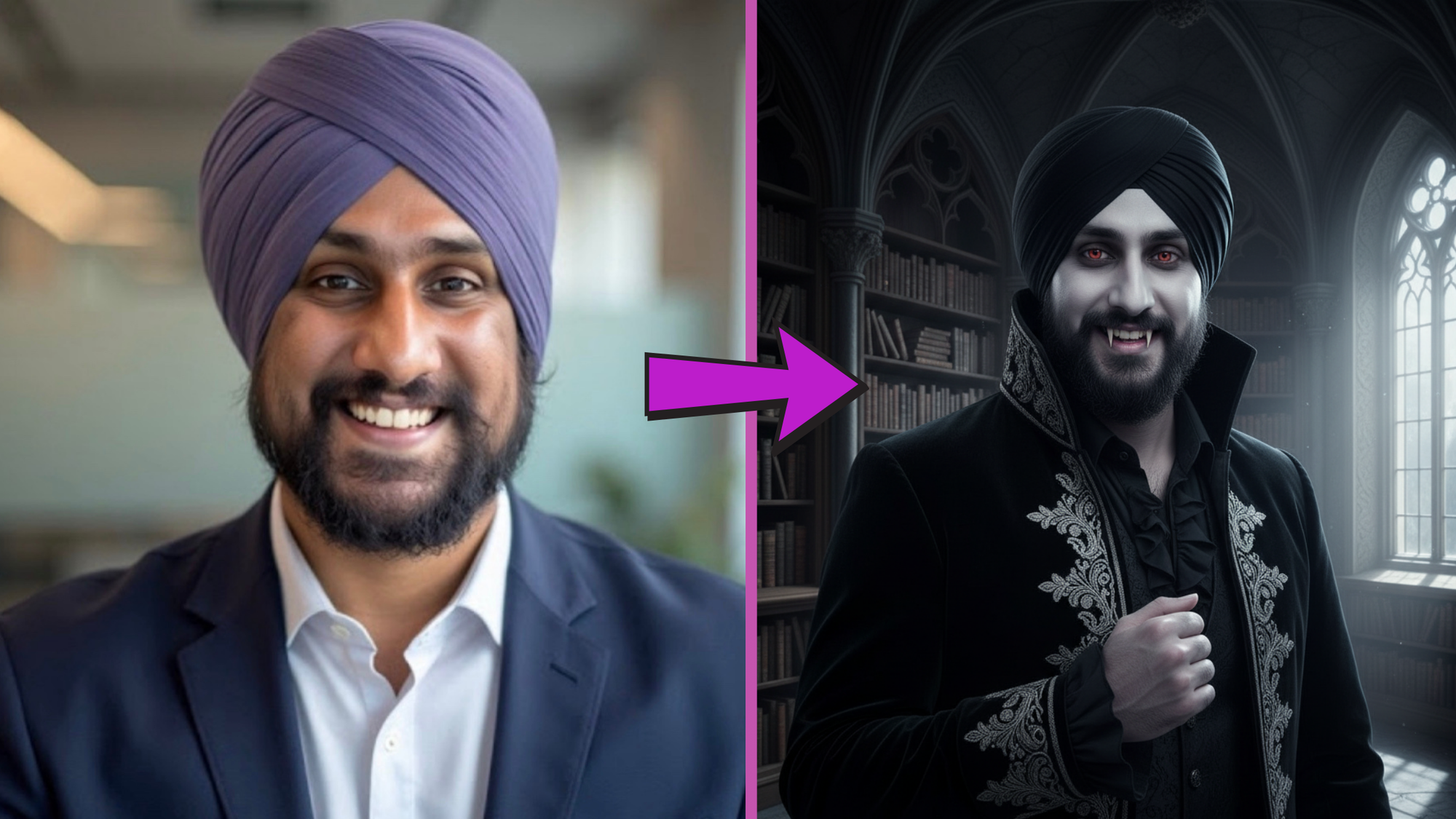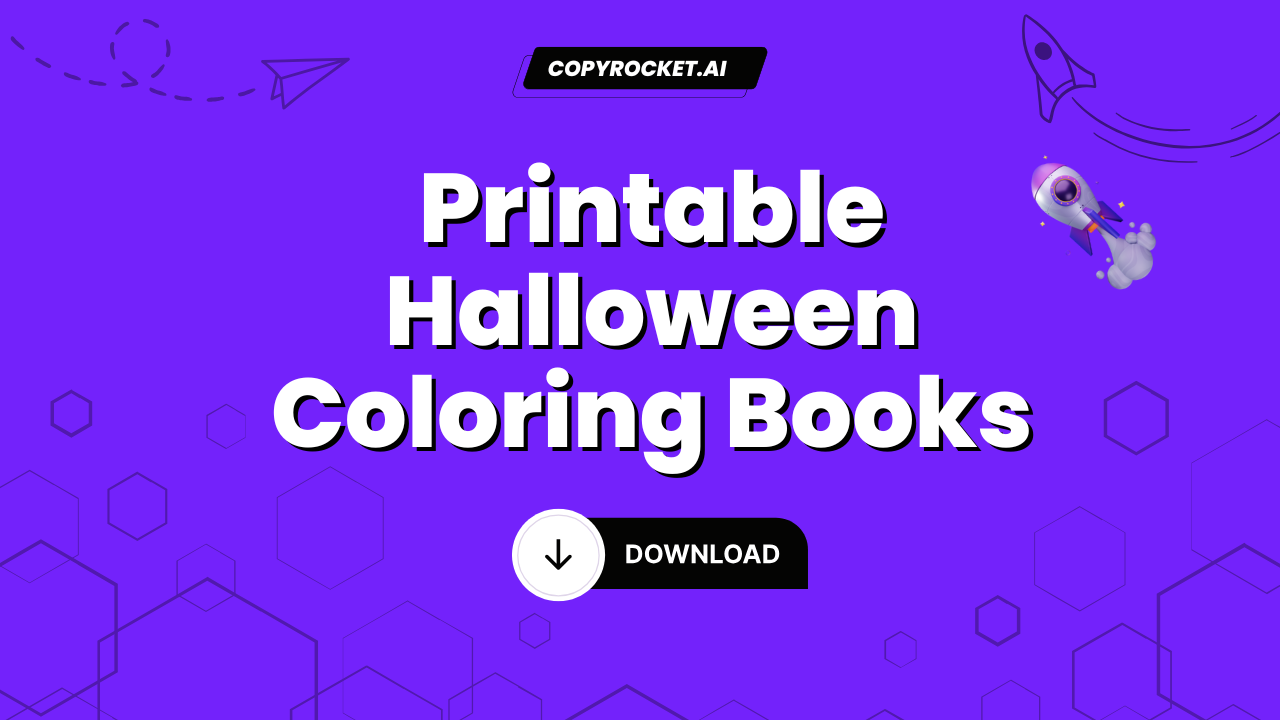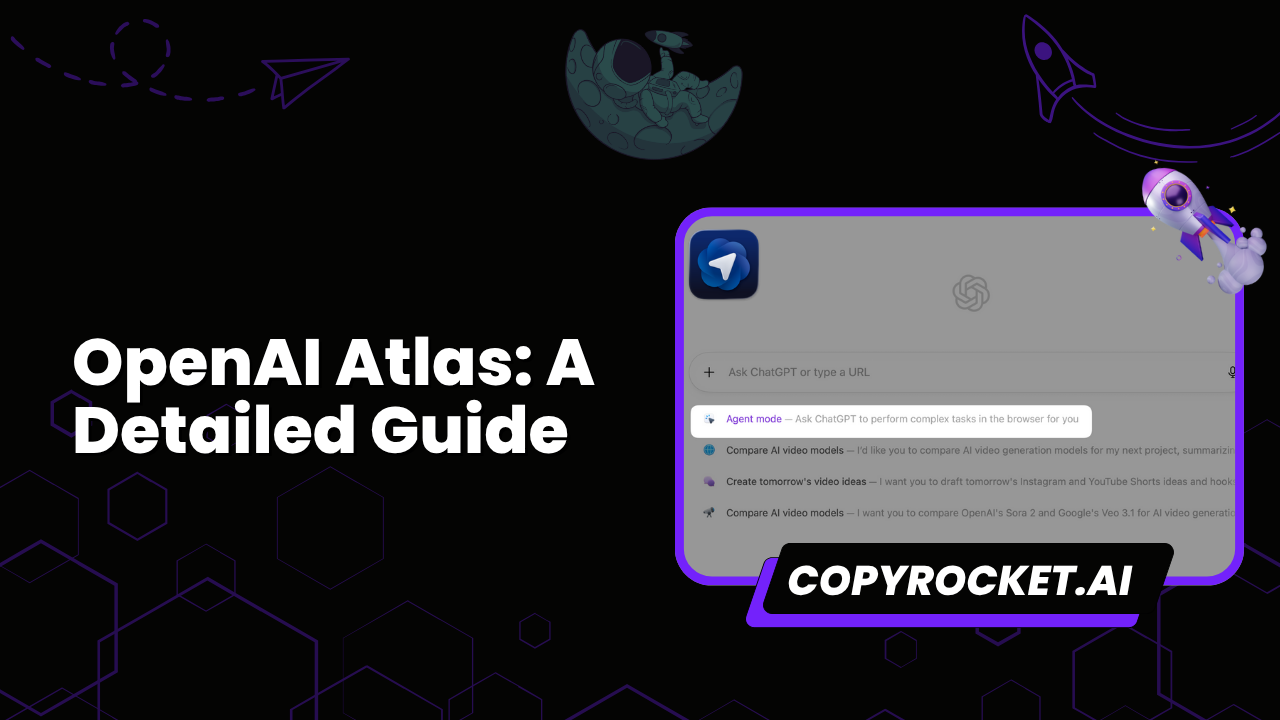In the digital world where visual content reigns supreme, the Bing Image Creator, powered by Bing AI, emerges as a groundbreaking tool for crafting AI-generated images. Whether you’re venturing into digital marketing, exploring new dimensions in digital art, or simply aiming to enhance your Microsoft Bing search experience, understanding how to use Bing Image Creator can unlock endless possibilities.
This AI image generator, integrated seamlessly within Microsoft Edge and accessible to those with a Microsoft account, offers a user-friendly interface to generate stunning AI art. By tapping into generative AI technology, users can bring their creative visions to life, from abstract artistic styles to realistic visual content, without the need for advanced design skills.
Bing AI Image Creator’s integration with Bing Chat and Microsoft Designer encapsulates Microsoft’s vision of making advanced AI tools, like AI chatbot and AI art generator functionalities, widely accessible.
Furthermore, with perks like Microsoft Reward points for frequent users, the incentive to explore this AI tool extends beyond mere creativity, fostering a unique digital ecosystem.
Whether you’re opening Bing Image Creator for the first time or you’re a seasoned user keen on exploring its latest features, such as creative mode or generating images with a specific art style, this guide aims to streamline your experience.
Buckle up as we dive into leveraging Bing Image Creator for free, transforming your ideas into captivating AI-generated images that speak volumes.
Checkout our Free AI Tool;
What is Bing AI Image Creator
Bing AI Image Creator, now elegantly rebranded as Image Creator from Microsoft Designer, stands at the forefront of generative AI technology, making the creation of AI-generated images not just accessible but remarkably intuitive.
Powered by the sophisticated algorithms of DALL-E 3, this AI image generator offers a significant upgrade over its predecessors by delivering images of stunning quality with intricate details, all refined through more nuanced prompt interpretations.
The transition from Bing Image Creator to its current iteration within Microsoft Designer symbolizes a leap towards integrating advanced AI functionalities directly into user-friendly applications.
Whether you’re navigating through Microsoft Edge, using Bing Chat – now known as Microsoft Copilot – or exploring the designated website for the Image Creator, the process is as straightforward as engaging with an AI chatbot.
By simply inputting a prompt, users can unlock their creative potential, generating images that range from abstract art to realistic visuals, all within the realm of digital marketing, digital art, or enriching visual content for bing search experiences.
With its seamless integration into Microsoft’s ecosystem, including perks like Microsoft Reward points through frequent use, Bing AI Image Creator not only enriches the digital art landscape but also enhances the overall Microsoft Bing experience.
This tool caters to a broad spectrum of users, from those opening Bing Image Creator for the first time to experienced individuals keen on experimenting with new features like creative mode or adopting a specific artistic style for their image generation endeavors.
Basics to Image Prompt Engineering
In the realm of digital creativity, mastering the art of prompt engineering is crucial for harnessing the full potential of the Bing AI Image Creator, or Image Creator from Microsoft Designer. Unlike traditional image searches on Bing where keywords may suffice, generating AI art requires a richly detailed prompt to guide the AI towards your envisioned outcome. Here’s a breakdown of the essentials for crafting effective image prompts:
- Main Object: Clearly state the central element of your image. This could range from simple objects to complex scenes. Being specific about the object helps the AI focus its creative energy.
- Lighting and Atmosphere: Describing the lighting—whether it’s the soft glow of a sunset or the harsh light of midday sun—and the atmosphere can dramatically alter the mood of the image. Words like ‘moody’, ‘ethereal’, or ‘sombre’ can add depth to the AI’s interpretation.
- Specifications: Mentioning specifics such as orientation (landscape or portrait), dominant colors, and the level of detail expected enriches the prompt and aligns the output closer to your vision.
- Image Resolution: If your project requires images of a certain size or quality, specifying the resolution (e.g., 1080p, 4K) can ensure the output meets your technical criteria.
- Artistic Style: This is where you can get creative with descriptions. Mention if you’re aiming for a digital art feel, photorealistic touches, or perhaps an impressionist style. This guides the AI in tweaking its rendering techniques.
- Adjectives and Locations: Descriptive language and settings can turn a bland concept into something vivid and unique. Don’t hesitate to add adjectives that enhance the main object or specify a location that sets the scene.
Example Prompt:
To better understand how a detailed prompt transforms into captivating AI-generated images, consider the contrast between these two prompts:
- Initial prompt: “space explorer”
- Detailed prompt: “An image of a space explorer in a luminescent suit crafted from plasma, resembling a galaxy within. The explorer is depicted donning their helmet, with their face obscured by the visor. Realistic portrayal with vivid hues.”
How to use Bing AI Image Creator
Step 1: Accessing Bing Image Creator
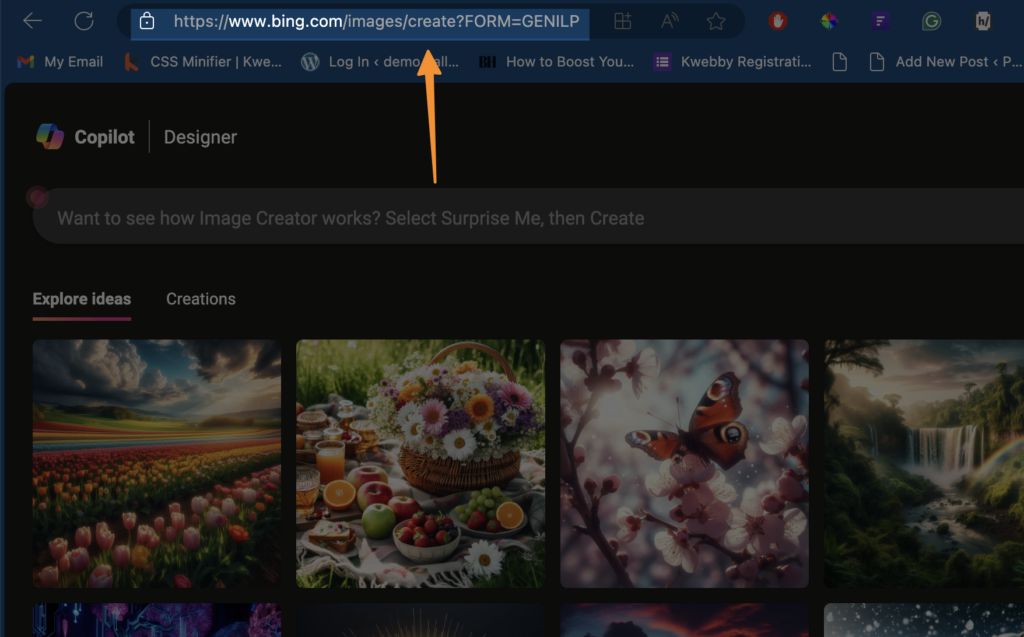
To start creating with Bing Image Creator, also known as Image Creator from Microsoft Designer, you don’t need to use Microsoft Edge or any specific browser. Just head over to Bing.com/Create, and you’ll see the option to “Join & Create.”
Click on that, and it will prompt you to log into your Microsoft account, granting you access to the AI image generator. This step is your gateway to transforming ideas into visual content, making the process of image generation as simple as engaging with an AI chatbot.
Step 2: Crafting Your Prompt
Once logged in, you’ll encounter a text area where you can enter the description of the image you wish to create.
This is where the art of prompt engineering comes into play. The more descriptive and detailed you can be about your envisioned image, the better the results. Consider all aspects of your image, including the main object, setting, lighting, style, and any specific details you hope to see. After crafting your detailed prompt, hit the “Create” button to set the AI in motion.
We will use the following;
An image of a space explorer in a luminescent suit crafted from plasma, resembling a galaxy within. The explorer is depicted donning their helmet, with their face obscured by the visor. Realistic portrayal with vivid hues.
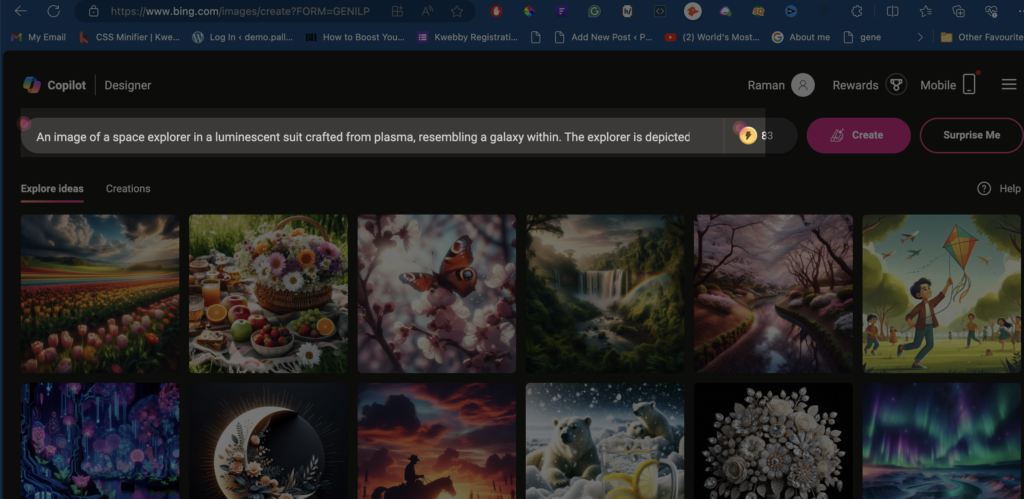
Step 3: Reviewing Generated Images
After a short wait, Bing AI Image Creator, powered by the remarkable capabilities of DALL-E 3, will present you with a set of generated images based on your prompt. Typically, you’ll see four images to choose from. It’s important to manage expectations here; while DALL-E 3 strives for accuracy,
the complexity of certain prompts might lead to variations in the output. Check the generated images against your expectations and see how closely they align with your vision.
Step 4: Downloading Your Chosen Image
Upon finding an image that captures your idea, you’ll have the option to download it. Simply clicking on your chosen image will expand it, presenting options to Share, Save to your account, Download, or even provide Feedback on the results.
This versatility ensures that whether you’re aiming to enhance your digital marketing content, add to your digital art portfolio, or simply explore the potentials of AI-generated visuals, you have complete control over the final output.
Incorporating a wide array of keywords like AI image generator, Bing AI image creator, image generation, and more into the prompt can significantly tailor the outcome to your needs.
This tutorial aims not just at guiding you through using the Bing AI Image Creator but also at enriching your overall experience with digital art creation, leveraging AI technology to bring your creative ideas to life.
More Bing AI Resources
- How to Create AI Good Friday Images for free
- How to Create Easter AI Images (2 Free Methods)
- How to Create Happy Holi AI Images (2 Free Methods)
- How to Create Funny Baby Faces With AI (2 Ways)
- How to Use ImageFX – Google’s AI Image Generator
- How to create AI Beach Name image for free (2 Methods)
Frequently Asked Questions
Can I use Bing AI Image Creator for commercial purposes?
Yes, you can. Bing AI Image Creator allows for both personal and commercial use of the generated images.
Is there a limit to the number of prompts I can create on Bing AI Image Creator?
No, there is no limit. You can create as many prompts and images as you like, as long as you have an active Microsoft account.
Can I edit the generated images on Bing AI Image Creator?
No, the generated images cannot be edited within Bing AI Image Creator itself. However, you are free to download and edit them using any image editing software.
Conclusion
In conclusion, utilizing Bing AI Image Creator unfolds a new realm of image generation that aligns seamlessly with the digital demands of today’s creative and marketing endeavors.
This accessible and intuitive tool, enriched by advanced AI technology and the power of DALL-E 3, empowers users to bring their imaginative concepts to visual reality.
By harnessing the capabilities of Microsoft’s AI suite, users can generate stunning digital art, enhance their digital marketing campaigns, and explore the endless possibilities of AI-generated images without any need for technical know-how.
Whether for personal exploration or commercial application, Bing AI Image Creator stands as a testament to the evolving landscape of digital content creation, making it a valuable asset for anyone looking to enrich their visual content strategy.
Among the plethora of SEO keywords such as “AI art generator,” “generative AI,” “AI generated image,” and “visual content,” Bing AI Image Creator not only marks its territory but also paves the way for futuristic innovations in the sphere of artificial intelligence and image creation.



